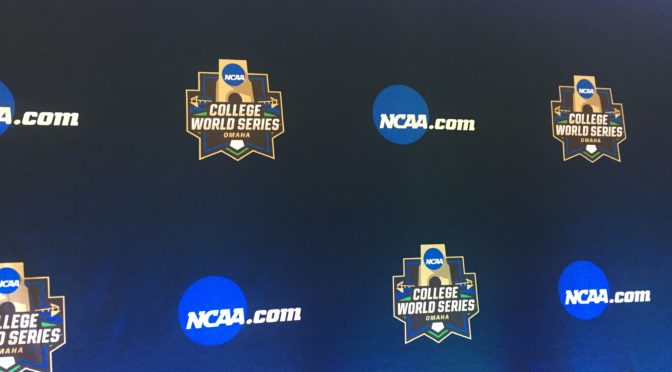By Ian Echlin
A University of Louisville batter lost his bat on a swing and sent it flying into the stands Sunday afternoon at the College World Series. The fan hit in the head walked away with a minor cut.
However, the incident raises questions about safety at TD Ameritrade Park in Omaha. An NCAA official says it’s being addressed.
Major League Baseball ballparks around the country have added more protective netting in the last two years. The trend stems from a proactive recommendation by the MLB office before the 2016 season.
While every MLB stadium after 2016 has a protective net that extends to the edge of the dugout, the Nationals, Royals and Twins extended their nets to the far end of the dugouts.
The Mets recently announced they will extend nets as soon as the All Star break. After an incident at Yankee Stadium, new legislation in New York could require the stadiums where the Mets and Yankees play to extend nets to the foul poles.
NCAA officials say extending the nets at the home of the College World Series in Omaha has been talked about and in the works to happen next year or the year after. Sunday’s incident adds to the argument to stretch the nets.
Baseball traditionalists might scowl at the change. The extra netting lowers your chance to take home an autograph or a foul ball, but the concept is as constructive as requiring batters to wear helmets when that started in the 1950s.
Millennials who can’t put their phones down have less to worry about, but baseball fans can’t neglect the importance of being alert to the game.

Nets all the way to the foul poles?! That seems a bit extreme. I think the Nationals, Royals, and Twins have it right with extending it to the end of the dugout. That way the fans are safe from flying bats but can still have opportunities to catch foul balls all game.